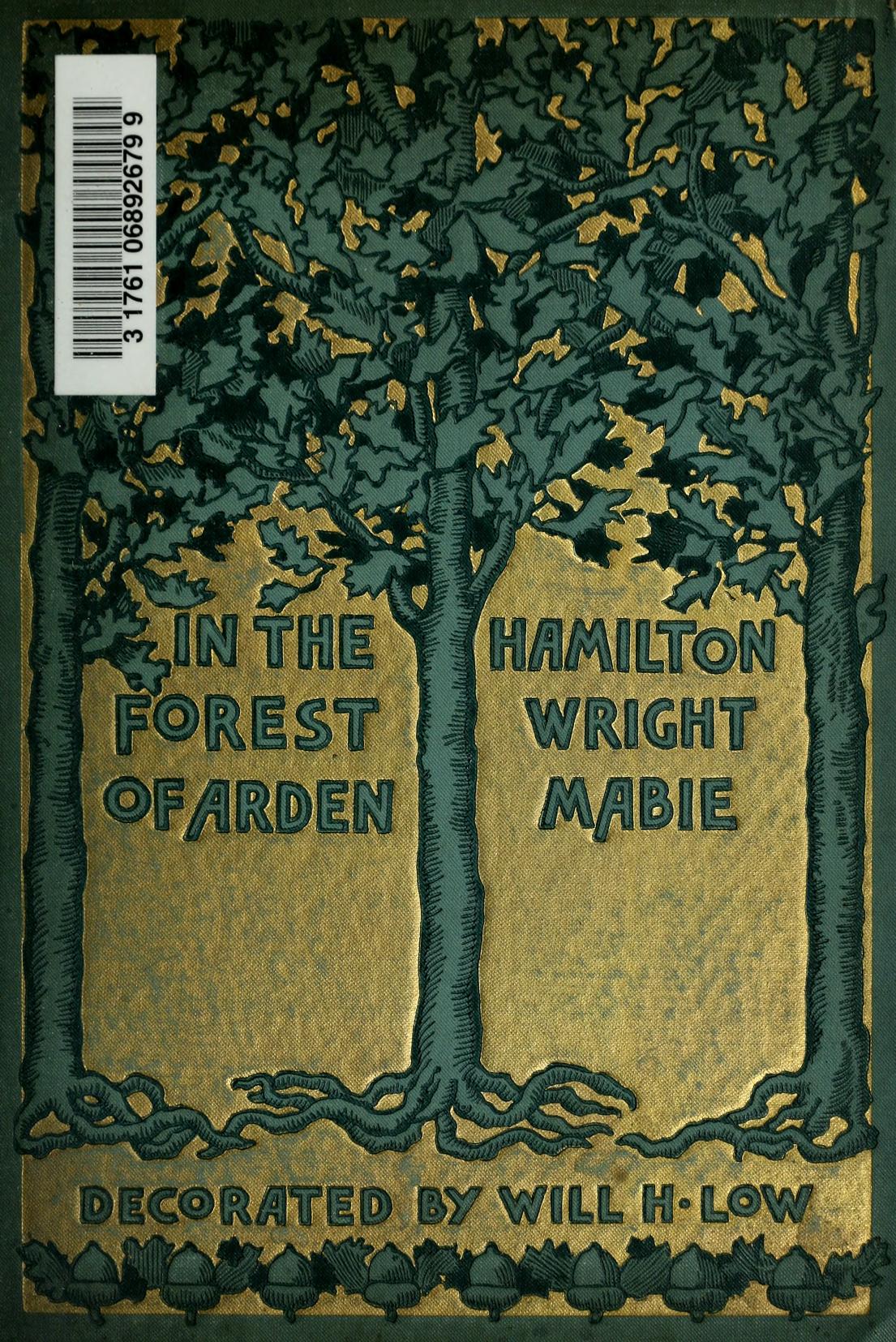The usual residents on any pond are mallards, who I think are underappreciated for their beauty, both male and female, just because they are common. Makes me wonder if people who live in places with colourful parrot that make us ohh and ahh see them the same way as we do with out local wildlife.
Anyway, mallards also feature in the best known German children’s song: Alle meine Entchen (all my little ducks):
It’s a 150 years old and will probably last at least another 150 years: It features animals, is easy to sing and play and describes something even city kids may see and know.
We also got a pair of Egyptian geese at the pond. While originally coming from, you guess, Egypt, they are now pretty common around Europe. They can cause trouble in places where humans like to spread on laws they consider THEIR lawns, but are for the rest harmless.























